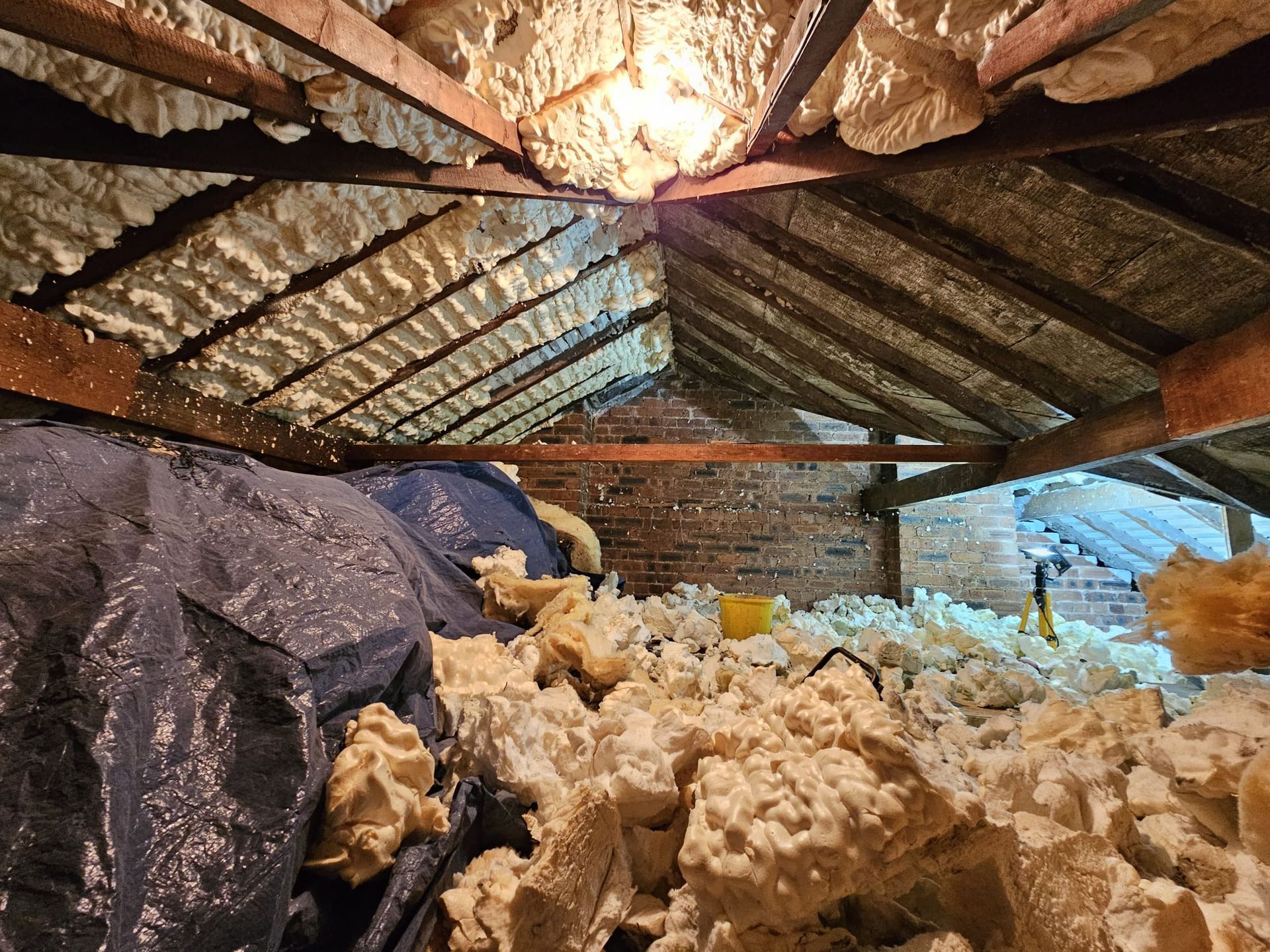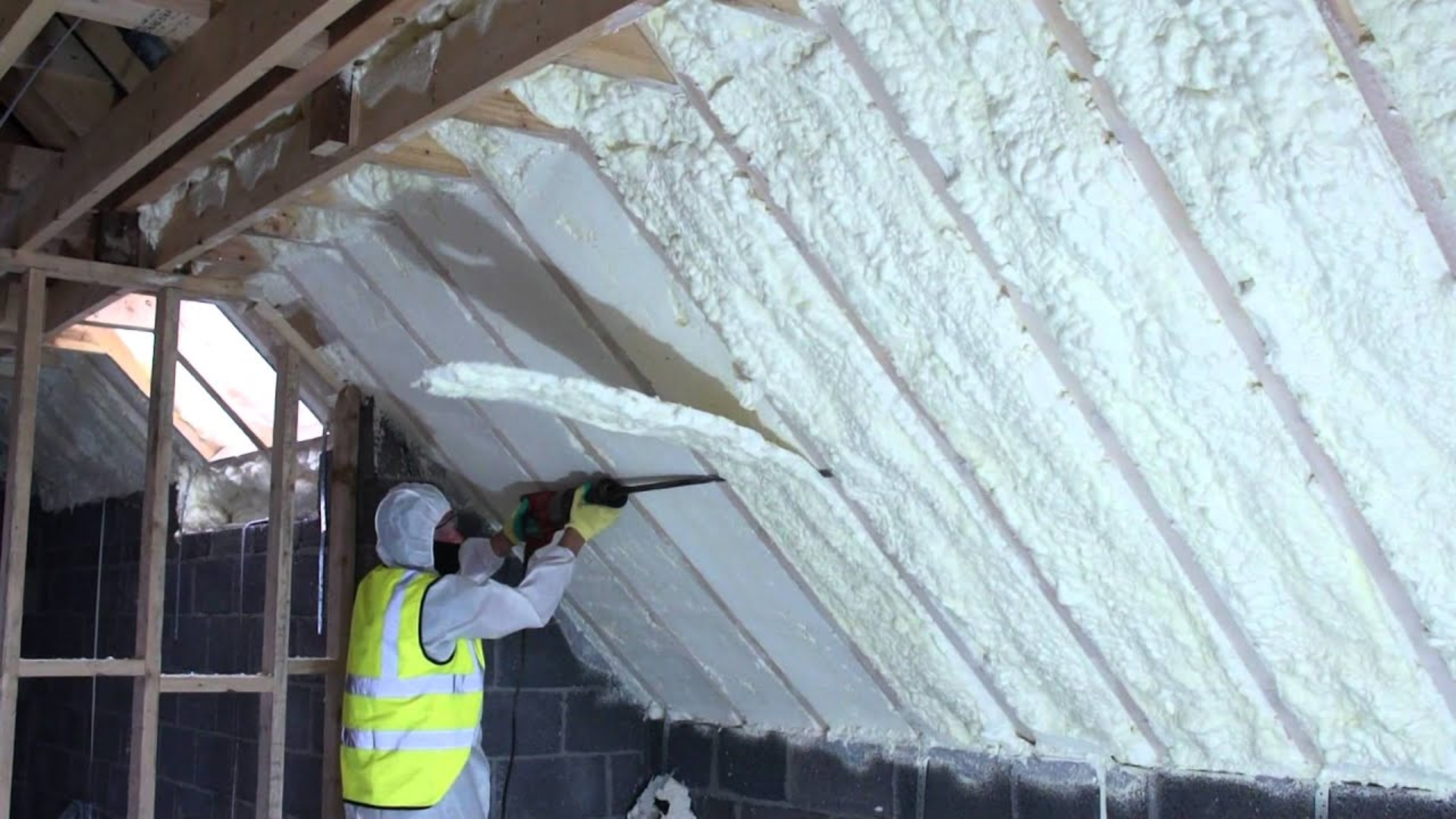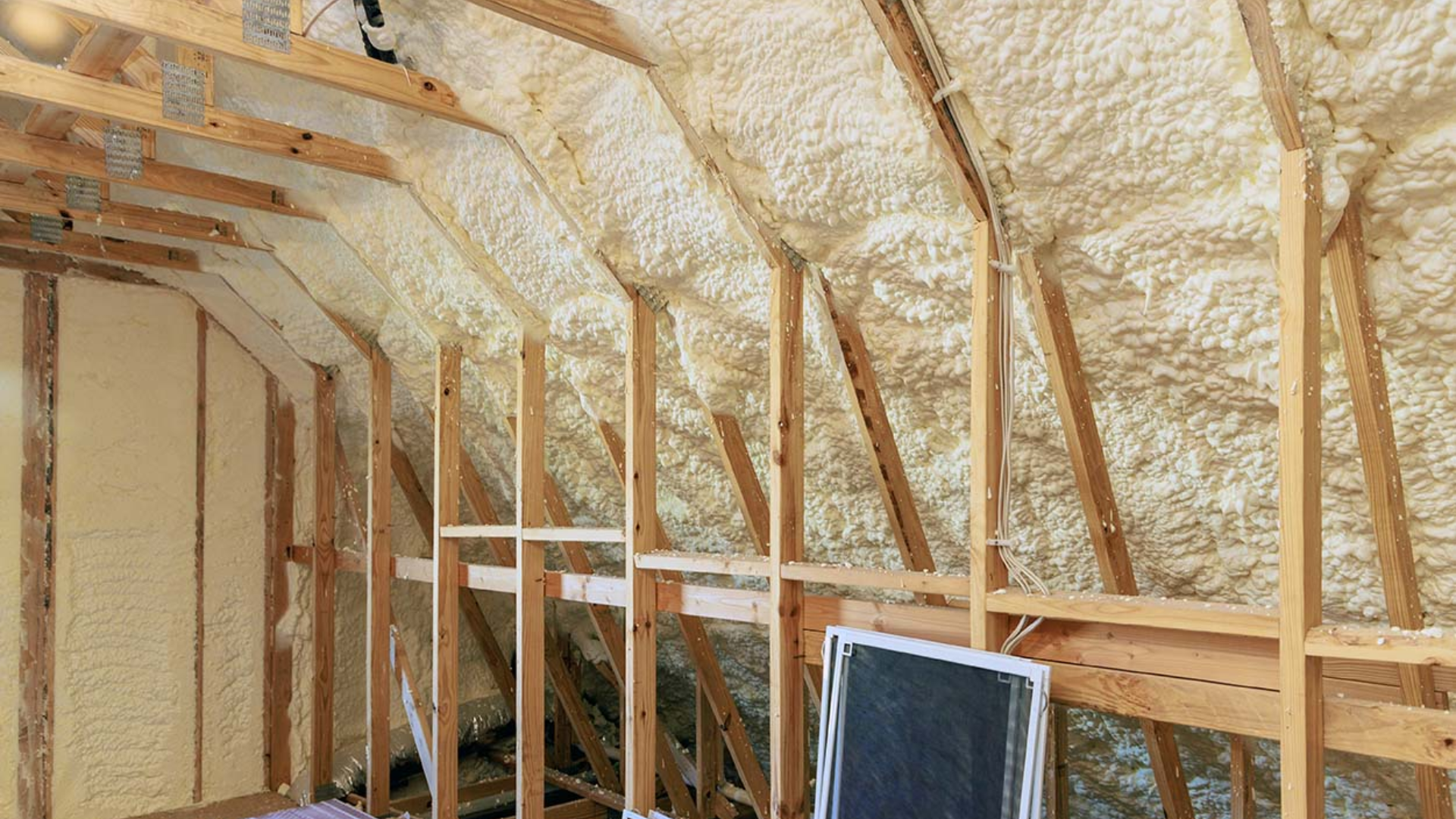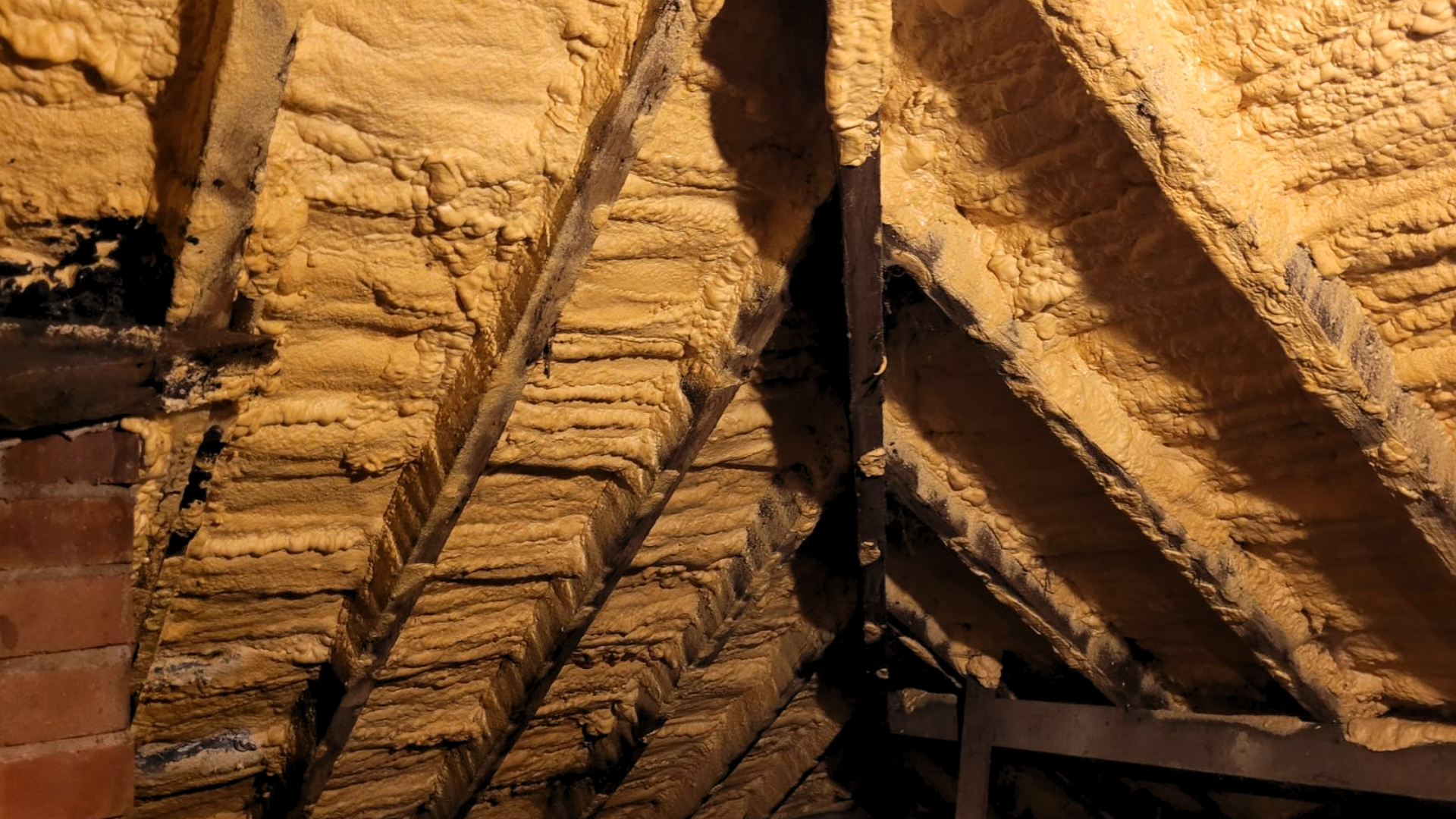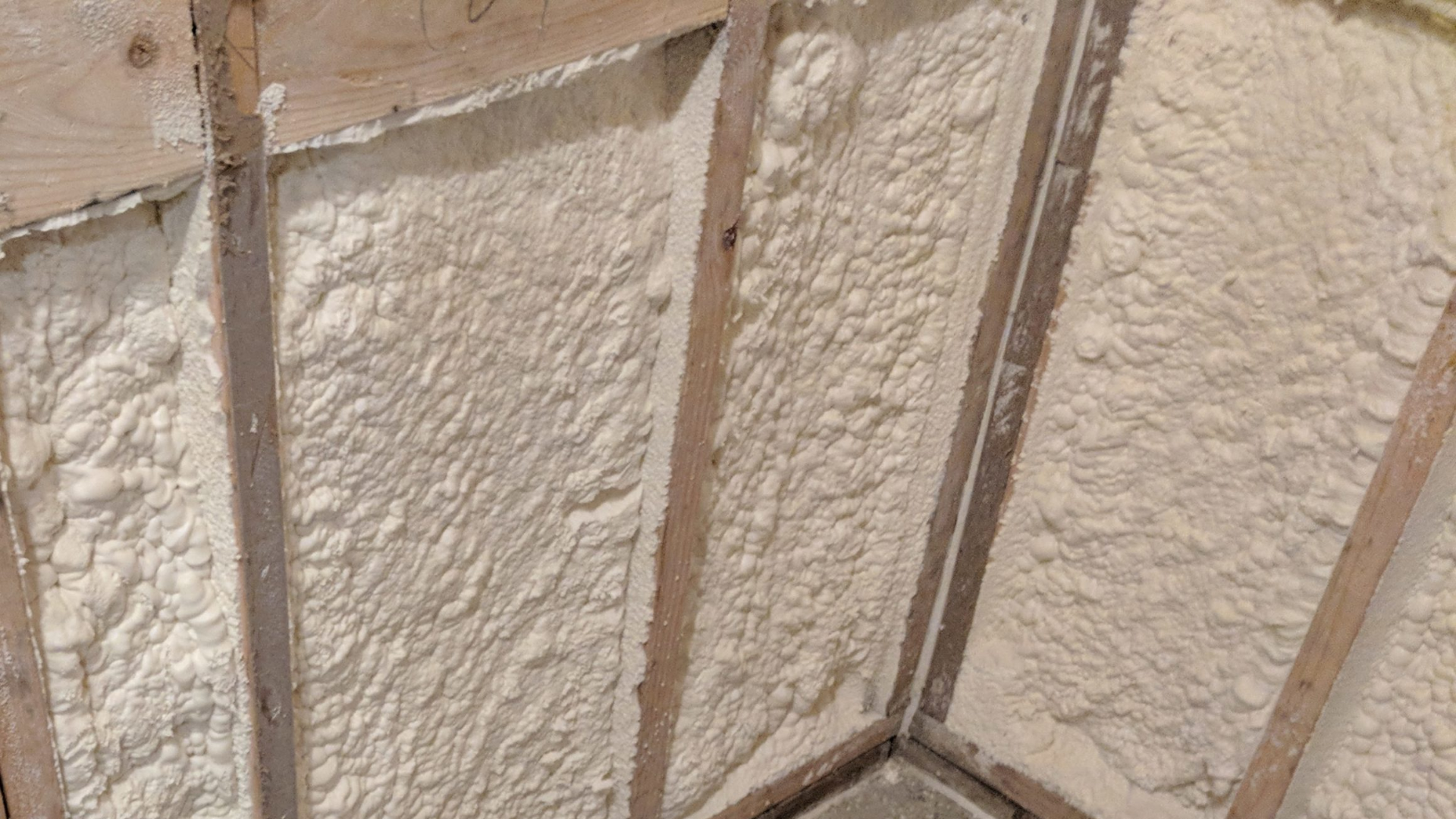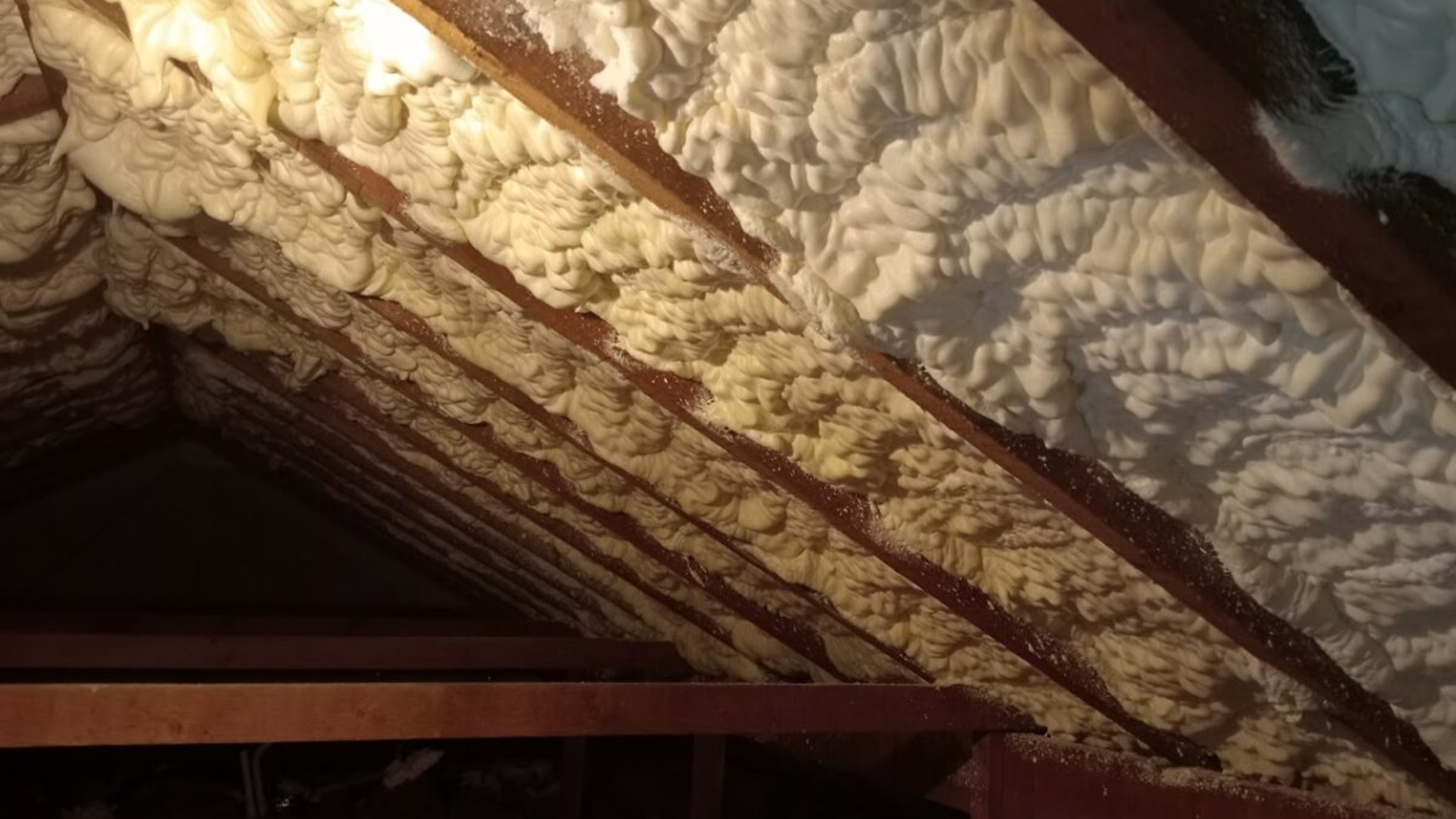5 reasons why you need to remove spray foam insulation
Is spray foam insulation an issue in your household?
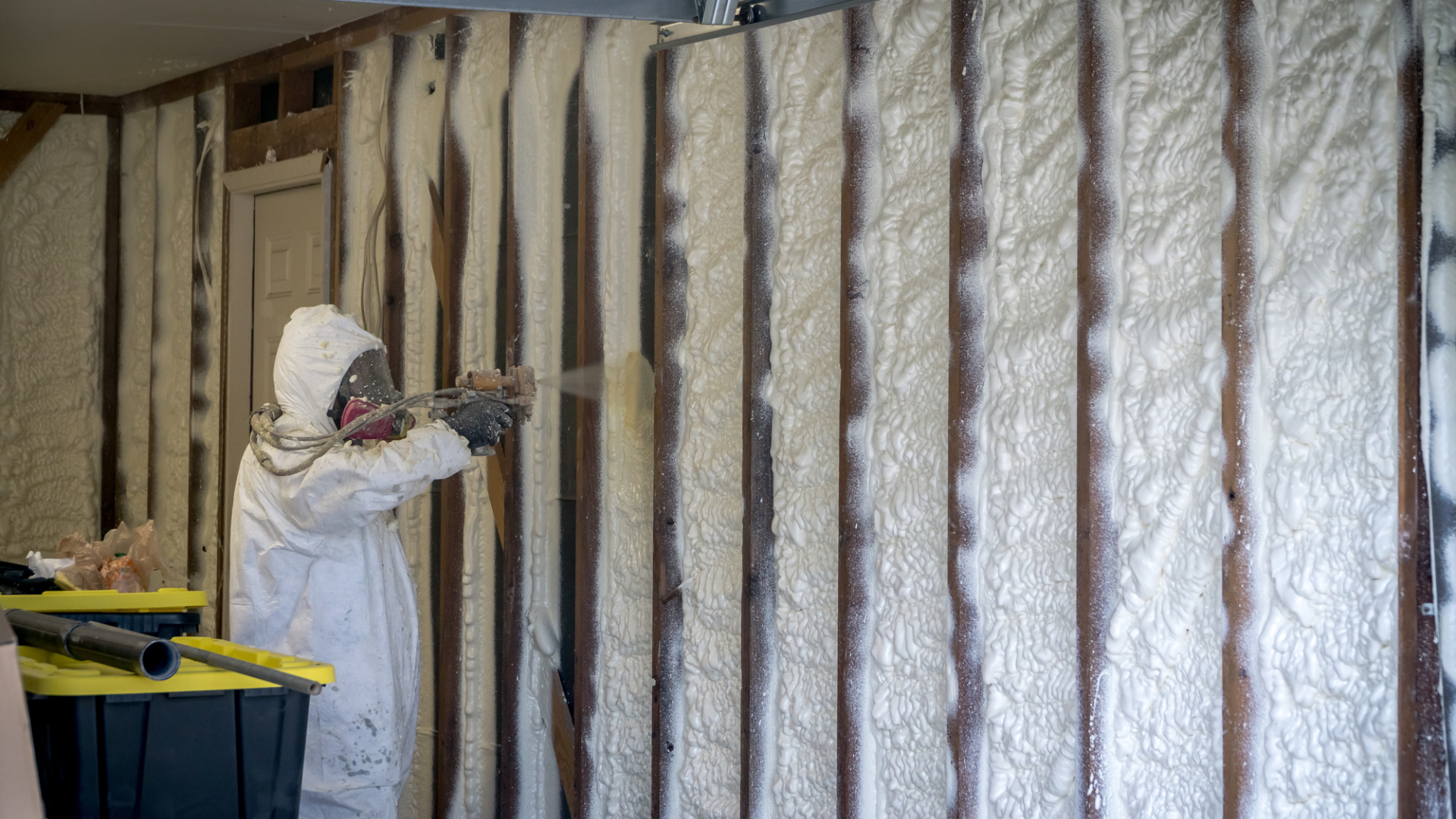
Spray foam was a common trend in the late 70s and early 80s for loft and house insulation and at the time, the idea was groundbreaking. On paper, the ability to ‘spray your house warmer’ took the UK by storm. However, there soon became a full list of problems associated with this form of insulation.
From poor insulation to the product itself, there has been a whole host of issues with Spray Foam insulation below, we’ll explore these issues and explain why the best form of action is to get these removed as soon as possible.
If you reached this blog looking for Spray Foam removal, then click HERE to get started.
Health and Safety Concerns:
While spray foam insulation is generally safe when installed properly, there are situations where it can pose health and safety risks. During the installation process, the chemicals used in spray foam insulation can release volatile organic compounds (VOCs), which may lead to respiratory issues, allergic reactions, or skin irritation in sensitive individuals. Additionally, if the insulation is damaged or deteriorated, it can release harmful particles into the air. Removing the insulation can help mitigate these health risks and create a safer living or working environment.
Moisture and Mold Issues:
Moisture-related problems can arise when spray foam insulation is not installed correctly or when there are pre-existing moisture issues in the building. If moisture infiltrates the insulation, it can become trapped and lead to the growth of mould and mildew. Mould can have detrimental effects on indoor air quality and pose health risks, especially for individuals with respiratory conditions or allergies. Removing the affected insulation can prevent further moisture accumulation and mould growth, ensuring a healthier indoor environment.
Inadequate Insulation Performance:
Over time, spray foam insulation may experience issues such as settling, compression, or shrinkage, which can compromise its thermal performance. These problems may result in uneven insulation coverage, air leaks, and reduced energy efficiency. If you notice significant temperature variations or increased energy bills despite having spray foam insulation, it may be necessary to remove and replace it to restore optimal insulation performance and achieve energy savings.
Structural Modifications or Renovations:
When undergoing structural modifications or renovations, it may be necessary to remove spray foam insulation. For example, if you are adding an extension to your home or making changes to the existing layout, removing the insulation can provide better access to the underlying structures and facilitate the necessary modifications. It allows for a smoother construction process and ensures that the new additions are seamlessly integrated with the existing building components.
Compatibility Issues with Future Insulation:
Spray foam insulation is a permanent solution that adheres tightly to the surfaces it is applied to. If you have plans to upgrade or change your insulation system in the future, spray foam can present compatibility challenges. Removing the existing spray foam insulation provides a clean slate for installing a new insulation system without any compatibility issues or limitations. It allows you to explore alternative insulation options based on your specific needs and preferences.
Health and safety concerns, moisture and mould issues, inadequate insulation performance, structural modifications, and compatibility issues with future insulation are all valid reasons to consider removing spray foam insulation. If you encounter any of these situations contact us today and we’ll help you determine the best course of action for your particular circumstances. Remember, prioritising a safe, efficient, and comfortable living or working environment should guide your decision-making process.
To read more news regarding spray foam insulation removal and insulation in general, head to our NEWS page today.
Book an appointment


